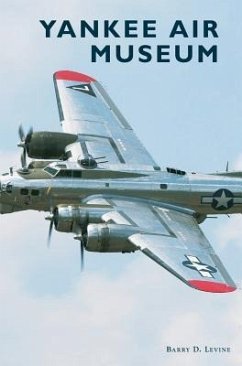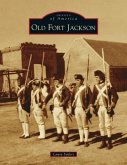The Willow Run Bomber Plant opened in 1941 and produced over 8,600 B-24 Liberator bombers, a key element of the Allied arsenal in World War II. In 1981, a group of aviation enthusiasts established the Yankee Air Museum about a mile away from the original bomber plant. The museum built a substantial collection of flyable and static aircraft and aviation artifacts, many of which were destroyed in a 2004 fire. Despite this loss, the museum remained open in temporary facilities while considering options for a permanent home. The museum then bought the last 144,000 square feet of the original bomber plant with a goal of renovating this facility into a state-of-the-art museum in the early 2020s. Yankee Air Museum covers some of the people and events at the center of Southeast Michigan's aviation history.
Bitte wählen Sie Ihr Anliegen aus.
Rechnungen
Retourenschein anfordern
Bestellstatus
Storno




